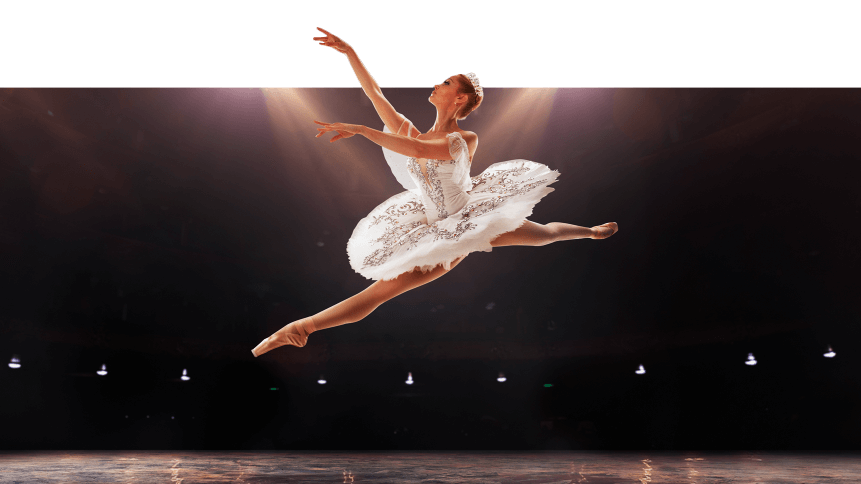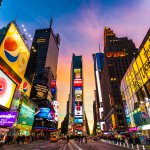Can artificial intelligence be a muse to creativity?

Creativity is thought of as a uniquely human trait, born from our conscious observations and interpretations of ourselves and the world around us— in that sense, it’s not something machines should ever be capable of.
Nonetheless, few would doubt the ‘left-brain’ potential of Artificial Intelligence (AI) and its ability to paw through massive datasets— extracting insights, predictions, and patterns, all of which can then inform a program’s next action as a result, and enable technology to serve as our digital assistant.
While we may not always know clearly how it’s making decisions, we can be relatively sure those choices are driven by logic.
It’s not to say current uses of AI are exclusive from creative industries or art. For example, AI can comb through banks of historical, creative data and generate new content, based on a patchwork of previous data and an ‘understanding’ of average formats.
However, Anton Oleinik, a sociology professor at Memorial University of Newfoundland, explained the limitations of neural networks, a type of machine-learning algorithm, which are adept at detecting patterns but unskilled when faced with uncertainty.
“Neural networks fundamentally rely on statistical regression–which means that while they’re good at identifying patterns, they fail miserably to anticipate when a pattern will change, let alone connect one pattern to an unrelated pattern, a crucial ingredient in creativity.”
The debate has led to a series of research and exploration into what it truly means to be creative. But perhaps the link between AI and creativity is best explored in its ability to assist artists with their work and generate new sources of inspiration that would have never otherwise been uncovered.
AI is the muse?
In Paris, Google’s Arts and Culture Lab used machine learning to organize a collection of runway photos by color palette. The collection consists of 140,000 photos from 4,000 fashion shows, featuring as many as 1,000 designers. This multitude of runway looks was categorized by main colors, creating a visualization of a colorful pattern.
“Everyone can now use the color palette visualization to explore colors, designers, seasons, and trends that come from Fashion Weeks worldwide. You can even snap or upload a picture of, let’s say, your closet, or autumn leaves and discover how designers used a similar color palette in fashion,” Damien Henry, Technical Program Manager, Google Arts & Culture stated.
YOU MIGHT LIKE

Best Western demonstrates power of AI in advertising
Alongside creating a visually appealing model for user engagement, AI’s ability to look into the historical archives of creative media can provide new scope for inspiration based on brand heritage.
And that is exactly how an advertisement for a popular sportswear brand—Nike was produced. Jean-Baptiste Le Divelec, a creative copywriter, fed seven years’ worth of Nike commercials into a neural network system as an experiment to produce original content.
The result of the neural network’s abstraction was indeed abstract, but— if you weren’t aware a machine and a bank of data were behind its copywriting— you could perceive it as creative in its messaging.
In another case, Japanese luxury carmaker Lexus collaborated with IBM Watson to produce a commercial script written by AI. Similarly, the AI was fed with 15 years of award-winning luxury adverts and, based on the input, produced a script for the automotive company which was then turned into an advertisement.
In the end, AI may be far from creating independent creative content or the next blockbuster, but it can be a powerful tool in enhancing creative production for better user engagement. As it continues to develop, we will see AI become another tool in the creative’s suite. And perhaps it will always be just that— in the same way as a paintbrush or photoshop facilitates art.









